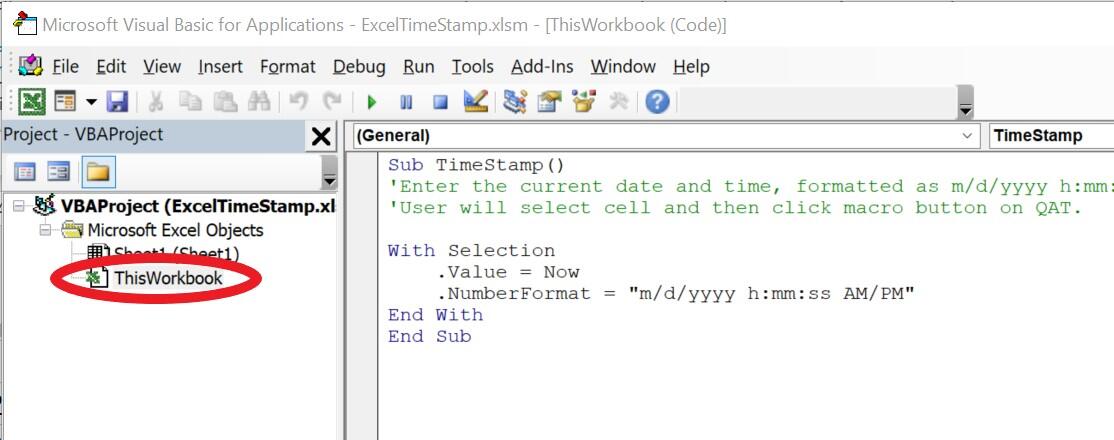
You can enable M-x pixel-scroll-precision-mode and get smooth scrolling like you do in other programs. Hugely useful if you’re using and testing multiple Emacs versions at the same time. You can now instruct Emacs to read its initialization from another directory from the command line.

I’m sure we’ll see a much larger effort towards representing – yes, indeed, the whole point of Emacs – text in buffers as we know it, but with a fast query engine and efficient storage medium in the backend. Ask anyone with very large org mode files or someone who wants to fast, random access to clown-sized s-expression trees.

Now you can legitimately compile Emacs with sqlite support, which is a large step forward.Īs much as we like to delude ourselves into thinking that unstructured orgmode text, or even s-expressions, represent the pinnacle of text editing and the acme of scrappy hackerdom, that mantra does come with a significant penalty to performance. SQLite support, in one form or another, has been around for a while. It’s still not solved, but it is a lot better. Sometimes I have to kill Emacs as it’s desperately trying to append to the same, long line of text. I’ve been caught out by this a million times. To say it’s infuriating would be an understatement. There have been, ah, several bites at this rather bitter cherry over the years.Įmacs gums up on very long lines. It’s an easier and more expressive way of sharing Emacs configuration snippets, and knowing it’s built in just makes everything much easier. It’s finally in Emacs, which is a good thing indeed. I wrote about use-package, a declarative configuration tool back when it came out. Just type M-x eglot in a buffer to get started. EGlot, the Language Server ClientĮGlot, the leaner complement to the fully-featured LSP-mode, is now built into Emacs.

#ADD TIMESTAMP TO IMAGE IMAGEMAGIC HOW TO#
My article on how to get started with tree-sitter is a good place to start if you’re using Linux. Installing tree-sitter is not straight forward, at least until your package manager starts shipping Emacs 29 with tree sitter support. That means you can do structured movement and editing with tree-sitter, as my package Combobulate aims to do, in the vein of paredit and similar tools. It offers better font locking (syntax highlighting) correct and more precise indentation and limitless potential to extract syntactically interesting elements from your code.

#ADD TIMESTAMP TO IMAGE IMAGEMAGIC CODE#
If you’re new, and wondering why you should care, read my article on tree-sitter and the complications of parsing languages.īriefly, a concrete syntax tree is the distillation of your text or code, and so it’s better than regular expressions and ad hoc snippets of code at extracting meaning from your code. I have written extensively about tree sitter. It’s one of the hallmark features in Emacs 29, though it is optional for now. Tree-sitter is a third-party library that parses your text (usually code, but also things like Markdown) into a concrete syntax tree. To celebrate, my book on Emacs is also on sale: 29% off.īefore I go into the specifics of every minor item, a quick summary of what I think are the major highlights of Emacs 29.1: Official tree-sitter support I’ve annotated the NEWS file – as I’ve been doing for the last thirteen years – with my own thoughts and comments on the deluge of new and interesting features. If you’re wondering what’s new, and why it’s absolutely worth upgrading, keep reading.


 0 kommentar(er)
0 kommentar(er)
